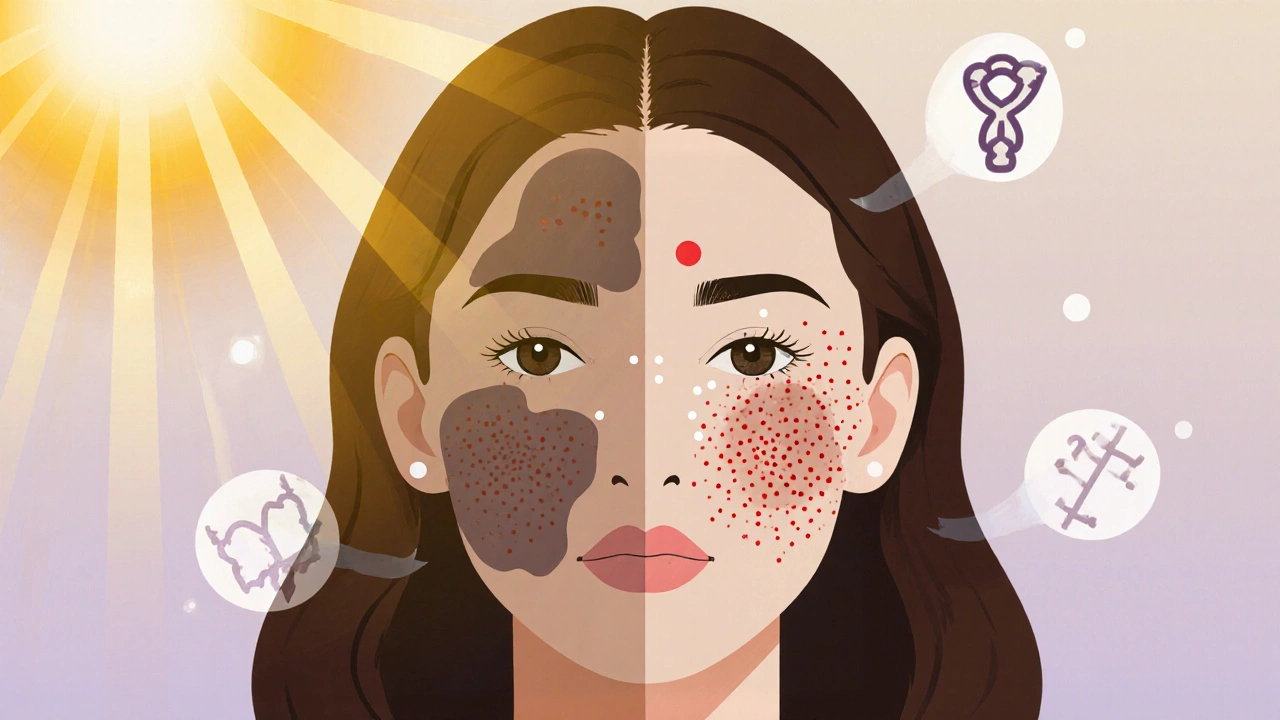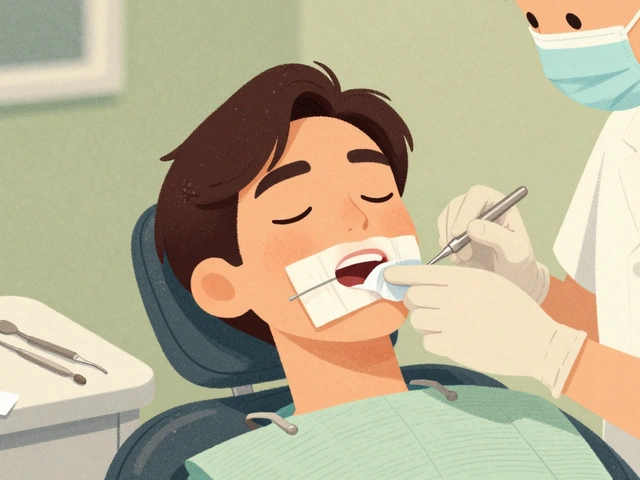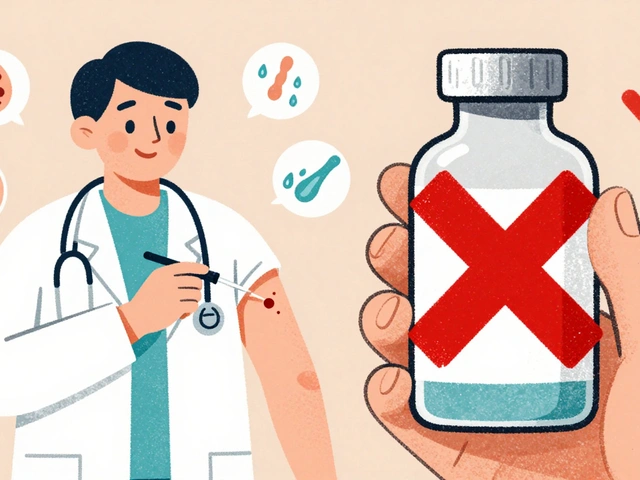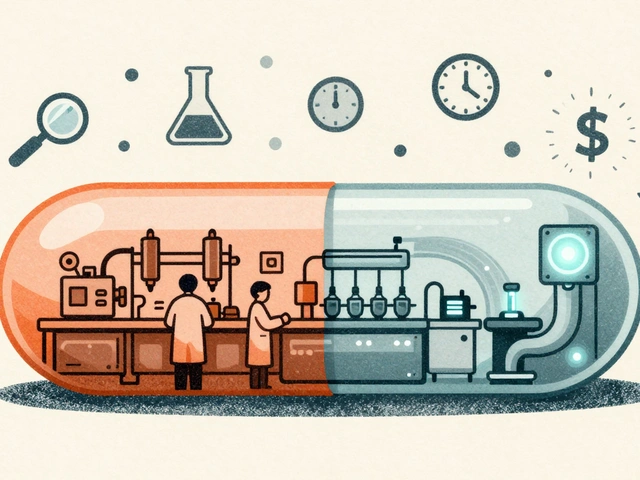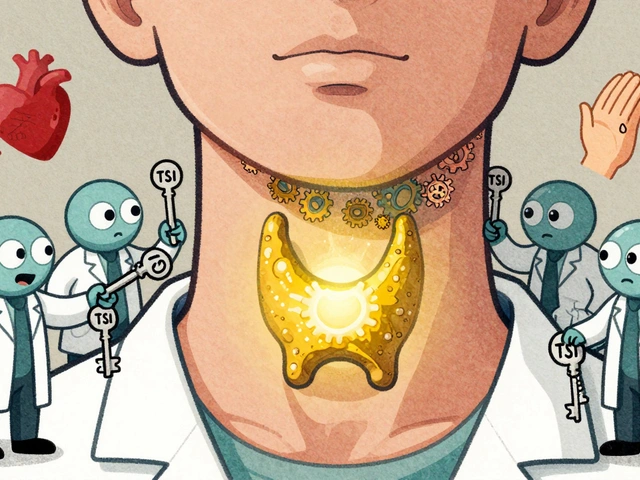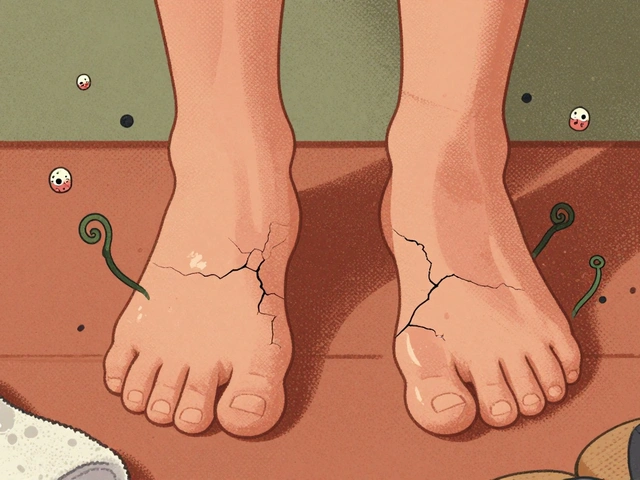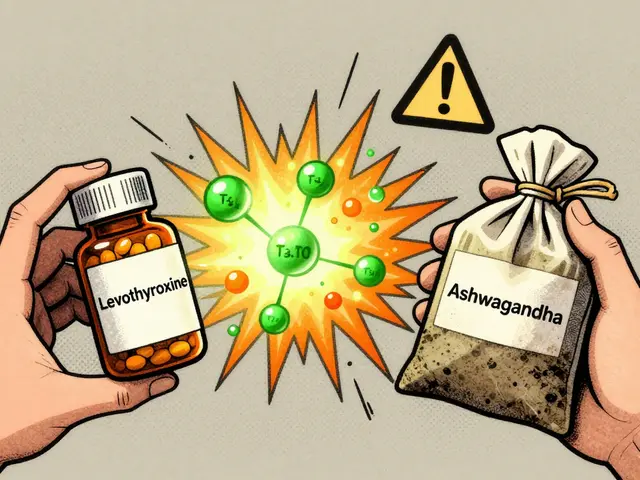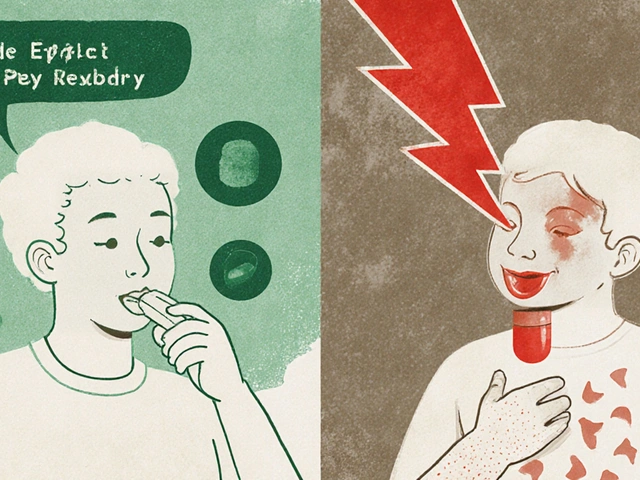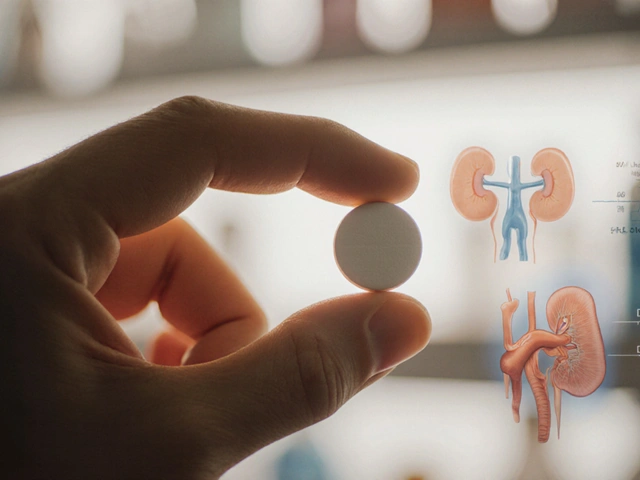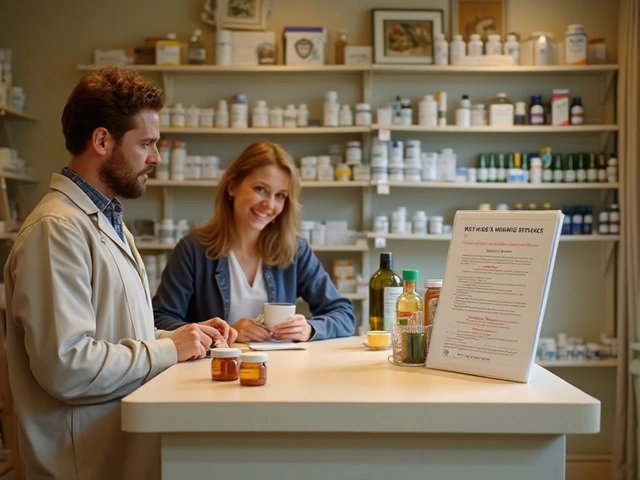Acne: Causes, Treatments, and What Really Works
When you have acne, a common skin condition caused by clogged pores, oil buildup, and inflammation. Also known as acne vulgaris, it affects teens and adults alike—often long after puberty ends. It’s not just about oily skin or bad hygiene. Acne is tied to hormones, bacteria, genetics, and even the medicines you take.
Many people turn to antibiotics like doxycycline, a tetracycline-class antibiotic used to reduce skin inflammation and kill acne-causing bacteria because it works fast. But it’s not the only option. Topical retinoids, benzoyl peroxide, and hormonal therapies can be just as effective—sometimes more so, especially for women with hormonal acne, a type of acne triggered by menstrual cycles, PCOS, or birth control changes. And here’s something most don’t tell you: if you have a sulfonamide allergy, a reaction to sulfa-based drugs that can cross-react with some acne treatments, you need to check your prescriptions carefully. Not all acne meds are safe if you’ve had a sulfa reaction before.
Acne isn’t one-size-fits-all. What clears up your friend’s face might do nothing for yours. Some people need oral meds, others do better with gentle cleansers and niacinamide. Stress, diet, and even your pillowcase can play a role. And while over-the-counter products promise quick fixes, the real solution often requires matching your skin’s triggers to the right treatment—without over-drying or irritating it.
You’ll find real comparisons here: how doxycycline stacks up against other antibiotics, why some acne treatments fail for people with allergies, and what alternatives actually work for stubborn breakouts. No fluff. No hype. Just clear info on what to try, what to avoid, and why.
